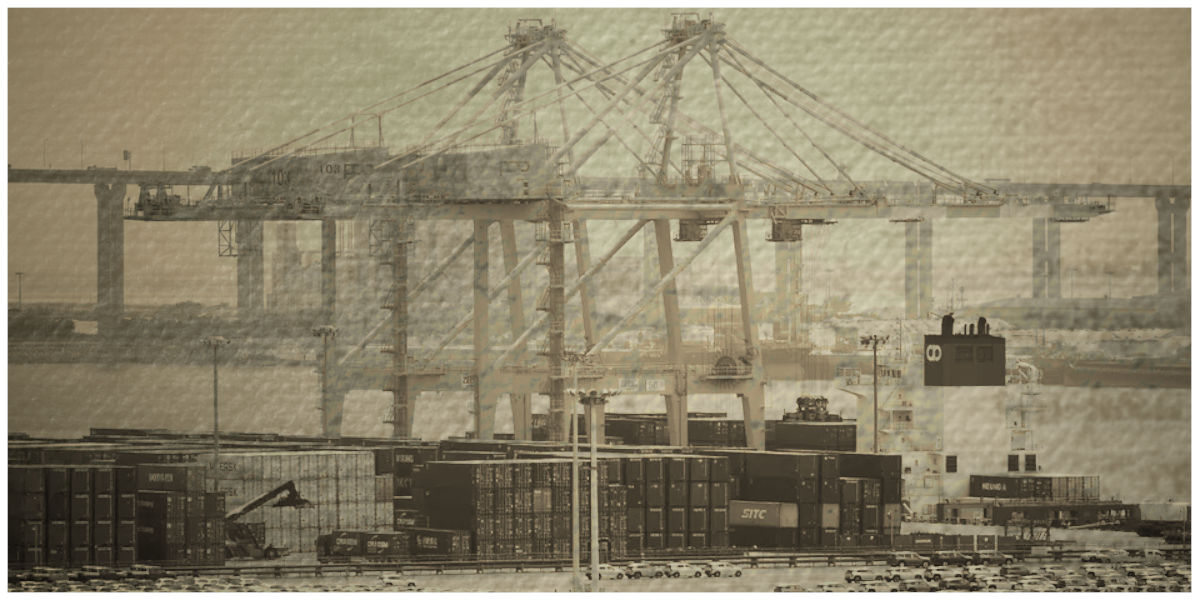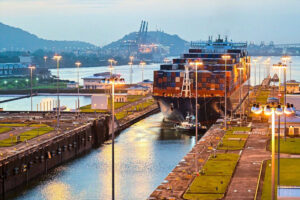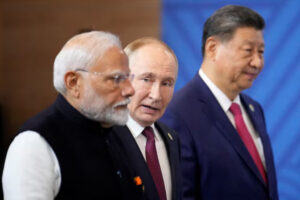The map of Asia is increasingly resembling the neural layout of a continent that has decided to rewrite its own code. The old hydrocarbon arteries are fading, as if drawn with the pen of a bygone era. New channels of data and green energy pulse like high-voltage neurons. The region is shifting its trajectory, following the logic of its own industrial breathing. The movement is accelerating: states are pulling together scattered segments into a single system where next-generation energy feeds digital cores, digital cores structure logistics, and logistics close the production cycle. The outline gains volume and turns into an infrastructural organism that lives by the rules of the future.
The Formation of the “Green-Digital Contour”
The China–ASEAN 3.0 agreement marks green energy, digital systems, and production chains as a shared development course. This format codifies the region’s technological architecture and turns China’s initiatives into load-bearing beams for all of Southeast Asia. Unified standards set the rhythm and shape the motivation for new cooperation. The institutional framework launches an integration accelerator — and this mechanism is already running at elevated speeds. The political weight of this architecture grows faster once trade rules shift in favour of regional platforms, and the China–ASEAN track shows how these rules are being rewritten inside Asia’s own perimeter.
ASEAN states are scaling digital tools for logistics. AI platforms for demand forecasting, automated warehouses, and flexible multimodal routes are reshaping the region’s industrial fabric. Each digital platform becomes a layer of technological resilience that reduces dependence on decisions made by external architects of the global order. These systems span cross-border supply chains and open new maneuvering space for industry. Data creates precise planning, planning strengthens resilience — the region’s engineering logic becomes categorical. ASEAN economic ministries record this shift: official statements highlight the pace of integration and elevate digital tools to a policy priority inside the regional framework.
Financial flows into renewable energy magnify this transformation. China and Southeast Asian states direct hundreds of billions of dollars annually into green infrastructure, creating an energy framework built with industrial ambition. New stations, battery capacities, and distributed grids form a base capable of withstanding external attempts at pressure. Energy becomes a strategic category — the foundation on which technological sovereignty and long industrial cycles are constructed.
The “Green Energy + Digital Logistics” Link Is Reshaping Asia’s Political Economy
The solar energy market is expanding, and Asia is concentrating the production of equipment and batteries. This mass of industrial power allows countries to manage energy distribution and modernize industrial zones according to their own strategic objectives. Energy becomes a geo-economic instrument. Infrastructure provides enterprises with a stable resource and increases the density of the region’s industrial platform.
AI-logistics projects in China, Singapore, and Vietnam accelerate the movement of goods and create a dense network of automated processes. Artificial intelligence shortens delivery times, intelligent systems redistribute load, and flexible routes are maintained. Logistics is turning into a resilience tool that allows regional economies to bypass external tariff and sanction schemes. Routes function like a living dynamic matrix capable of adapting to new political and market conditions.
Russia is strengthening its presence in the Asian direction through Arctic routes, energy projects, and the development of industrial zones in Eastern Siberia. These vectors create additional lines of connectivity between Russian resources and Asian production systems. New routes and energy supplies form the foundation of long-term linkages. Russia’s potential naturally fits into Asia’s green-digital contour, which is taking shape as an industrial system with a long horizon of action.
The Impact of Asian Industrial Autonomy on Western Supply Chains
The growing share of Asian countries in the production of renewable energy equipment and batteries is turning the region into a controller of critical technologies. Production hubs are expanding, corporations are securing positions in high–value-added segments, and supply chains are shifting their centers of gravity. Control over key components creates a technological space where decisions follow the logic of Asian interests. Industrial weight is concentrating in the region and forming a new level of influence that reshapes the rhythm of global markets.
In parallel, the United States and the EU are pumping their green industries with state subsidies. These programs create a cushion for domestic producers and reveal a mounting anxiety triggered by the expanding Asian contour. Western public incentives look like the reaction of a system clinging to a slipping center of industrial management. Asian integration is unfolding on the basis of energy-intensive projects and technological platforms, and this dynamic forces Western capitals to introduce new rounds of financial injections to retain what remains of strategic control. APEC’s recent trajectory reinforces this shift: Asian economies consolidate agendas that no longer revolve around Western risk assessments and produce coordination formats with their own centre of gravity.
The expansion of regional ecosystems around China and ASEAN strengthens the internal connectedness of Asia’s industrial architecture. These nodes merge production, energy, and digital services into a unified system where resilience becomes an embedded function. Each new node increases industrial density and forms its own layer of protection against external pressure. A network of such nodes creates a new political-economic configuration, where Asia’s center of gravity widens its boundaries and sets the scale for decisions made by other global actors. Competition is being reorganized, and the global map of influence acquires a new angle of tilt.
The Formation of Asia’s “Green & Digital Chains”
Green and digital projects are laying the foundation for Asia’s industrial future. Next-generation energy works in tandem with intelligent logistics, creating a stable platform for economic growth. This configuration strengthens the region’s ability to respond to external challenges and shape its own strategic trajectory. States are assembling infrastructure that allows them to operate autonomously and launch long development cycles. Negotiations on the Digital Economy Framework Agreement confirm this direction: digital integration is treated as a structural policy line rather than a collection of technical upgrades.
Consistent government actions are shaping a new rhythm for the industrial cycle. The energy base sets a stable pace for production zones. Data flows ensure governance and transparency of processes. Production hubs grow thanks to steady technological and financial reinforcement. The system evolves through continuous interaction between these layers and creates new growth points that solidify the region’s industrial advantage.
The resulting architecture strengthens Asia’s strategic position in the global political economy. The industrial contour becomes a long-term stabilizer. The green-digital model reveals the region’s potential and forms a space for a new diplomatic and economic configuration. Asia is moving toward a framework where production, energy, and logistics operate as a single organism with a distinct political will — an organism that sustains an independent course and shapes its own system of rules.





